(Last updated October 13, 2025)

Every few years, companies make a big announcement: a new structure, a new set of values, or a bold cultural reset. There are town halls, polished slide decks, and maybe even a few training sessions. But after a short burst of energy, reality sets in. Employees look around and realize nothing has really changed. Engagement numbers stay flat. Leadership buy-in never materializes.
It’s a cycle employees recognize all too well, and they see right through it. The truth is that engagement and leadership buy-in can’t be manufactured with slogans or restructurings. They’re earned or lost through everyday leadership behaviors.
Engagement Is About Trust, Not Programs
Simon Sinek reminds us that people don’t buy what you do, they buy why you do it. The same is true inside organizations. Employees don’t engage because of a fancy new program; they engage when they trust leadership’s intentions.
Trust is built or destroyed by what leaders consistently do.
When companies eliminate employee resource groups, cut long-tenured employees under the guise of “fit,” or quietly move out higher salaries, employees don’t need an HR memo to explain what’s happening.
They understand the real values at play: short-term savings over long-term culture.
When leaders consistently choose transparency and fairness, engagement and leadership reinforce each other. Employees see alignment between values and behavior — and that creates loyalty stronger than any incentive plan.
Restructuring Rarely Solves Root Problems
Restructuring is often framed as a fix for performance or cultural misalignment. In reality, it serves other purposes:
Removing “misfits” – a term that too often describes people who ask hard questions or don’t fit the mold of the current leadership team.
Shedding high salaries – older or more experienced employees with deeper institutional knowledge are seen as “costs” to cut, rather than assets to preserve.
Resetting optics – leadership wants to signal bold change without doing the harder work of changing their own behaviors.
The problem? A new org chart doesn’t solve broken trust or poor leadership habits. That’s why, after a few years, many organizations look the same as they did before the restructuring, with lower morale.
If engagement and leadership are weak, structural changes won’t matter. Employees respond to the behaviors they see, not the plans on paper.

Leadership Buy-In Isn’t Mandated
Leaders don’t buy in because they’re told to. They buy in when they believe the values are real and worth living. That belief comes from alignment between what’s preached and what’s practiced.
True buy-in happens when leaders make decisions that prioritize people as well as results, model the behaviors they expect from their teams, and protect culture when it’s inconvenient, not just when it’s easy.
When leaders are only chasing quarterly goals, they send the message that employees are interchangeable. And once employees believe they’re disposable, buy-in collapses at every level.
Employees Always See the Gap
One of the biggest mistakes leadership makes is underestimating the awareness of its employees. Employees don’t expect perfection, but they do expect honesty. They notice when leaders say one thing and do another. They notice when values only apply in good times. They notice when restructurings are framed as “culture resets” but are about cost-cutting.
Once employees see that gap between words and actions, no amount of messaging can repair it. Engagement scores become just numbers on a dashboard, and leaders wonder why their people are “checked out.”
These small habits keep energy steady throughout the day, reducing the chance of burnout and helping reps perform consistently.
Engagement Starts With Courage
Energy management works best when managers make it part of their coaching. Instead of only reviewing sales numbers, Real engagement requires courage from leaders. The courage to live by the values when it’s inconvenient. The courage to keep experienced employees who challenge the status quo. The courage to measure success in more than just quarterly earnings.
Employees don’t need another restructuring or another round of values training. What they need is proof day after day that their leaders mean what they say.
When leaders choose action over slogans, when they show that values are more than marketing copy, engagement follows naturally. Without that, all the programs and buy-in initiatives in the world won’t make a difference.
The Bottom Line: Engagement and leadership buy-in aren’t strategies to be rolled out; they’re outcomes of trust and behavior. Companies that get this right stop chasing the quick fix and start investing in the one thing employees always pay attention to: what leaders do.

Leadership Takeaways
Build trust through consistency. Align your decisions with stated values, especially when it costs something. Employees track patterns, not announcements.
Treat experience as an asset. Long-tenured employees carry institutional knowledge and perspective. Protect them, even when it’s financially tempting not to.
Close the gap between words and actions. Before launching the next initiative, ask: What will employees see us do differently tomorrow?
Measure what matters. If you only track quarterly results, don’t be surprised when people-centered values fade. Make culture and trust visible metrics.
The Real Test
Pick your organization’s top three values. Now ask three employees privately and honestly to describe what those values look like in practice. If their answers don’t match yours, you’ve found your starting point.
You don’t need executive authority to close this gap. First-line managers shape culture every day through the conversations they have, the decisions they make, and the behaviors they model. Start with your team.
Have a conversation about what your values mean in the day-to-day work. Then show them through your actions.
The question isn’t whether your organization will live its values. The question is whether you will — because that’s where engagement and leadership buy-in truly begin.
Contact us today to discover how tailored coaching and leadership development can help your organization rebuild trust and drive performance that lasts.
Frequently Asked Questions (FAQs)
1. What drives engagement and leadership buy-in in organizations?
Consistency and trust. Employees engage when they see leaders follow through on promises and uphold values in every decision.
2. How can leaders rebuild engagement after a failed restructuring?
Be transparent about what went wrong. Reconnect with teams through open dialogue, fairness, and visible accountability.
3. Why do engagement initiatives often fail?
Because they focus on programs, not people. Engagement grows through authentic leadership behaviors, not corporate campaigns.
4. What role do frontline managers play in engagement and leadership buy-in?
They model the company’s values daily. Their actions directly shape how employees experience culture and trust.
5. How can organizations make engagement sustainable?
By aligning leadership actions with stated values and making culture a measurable performance indicator.



